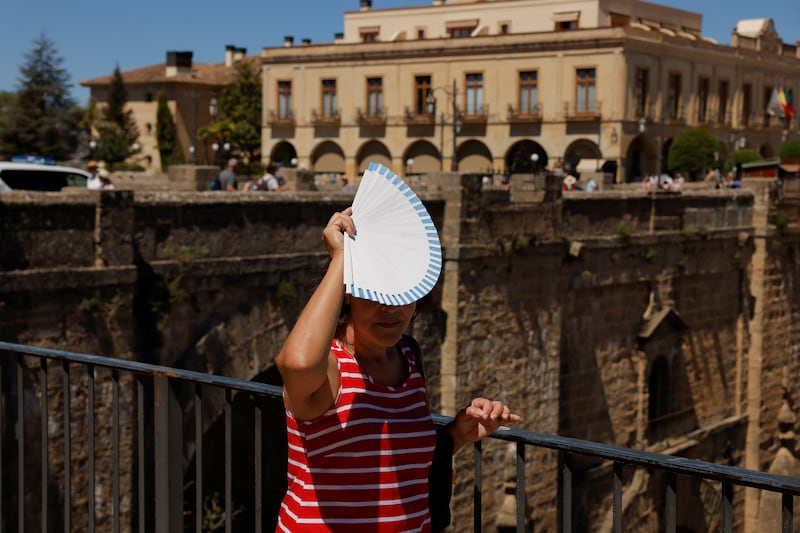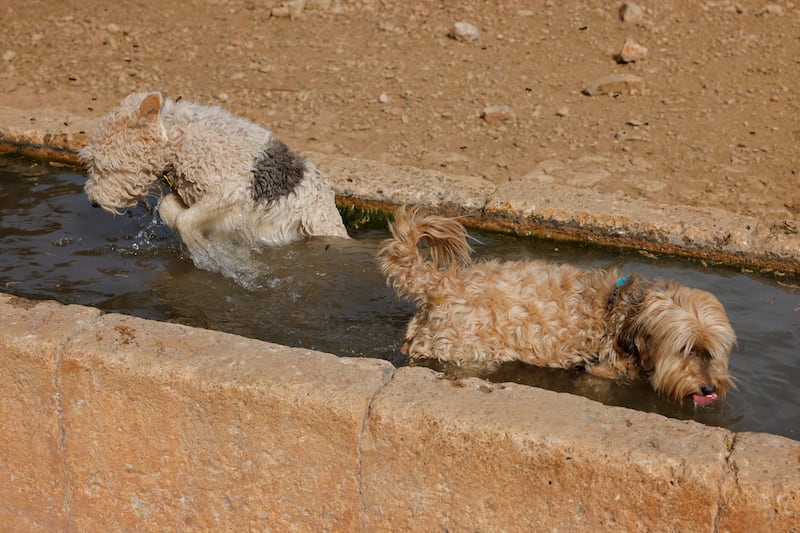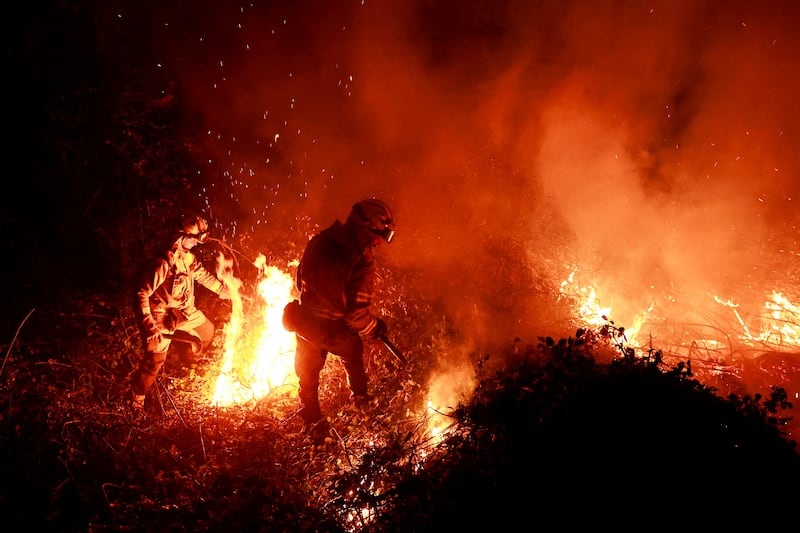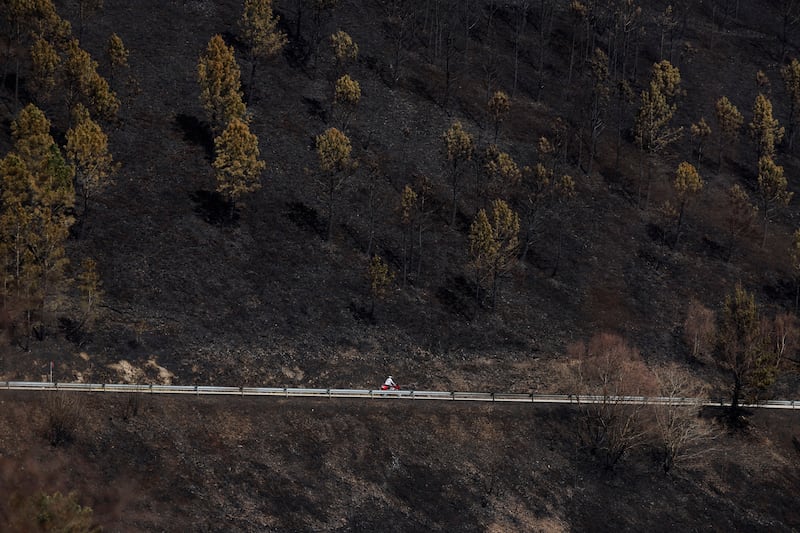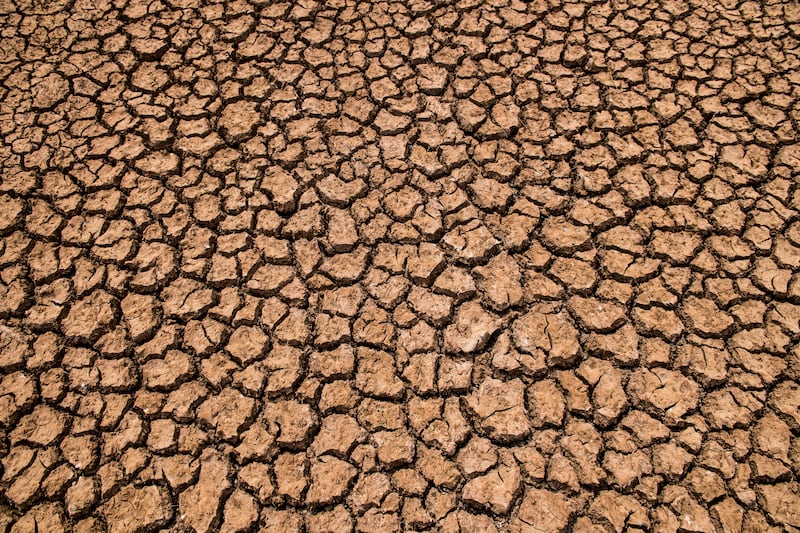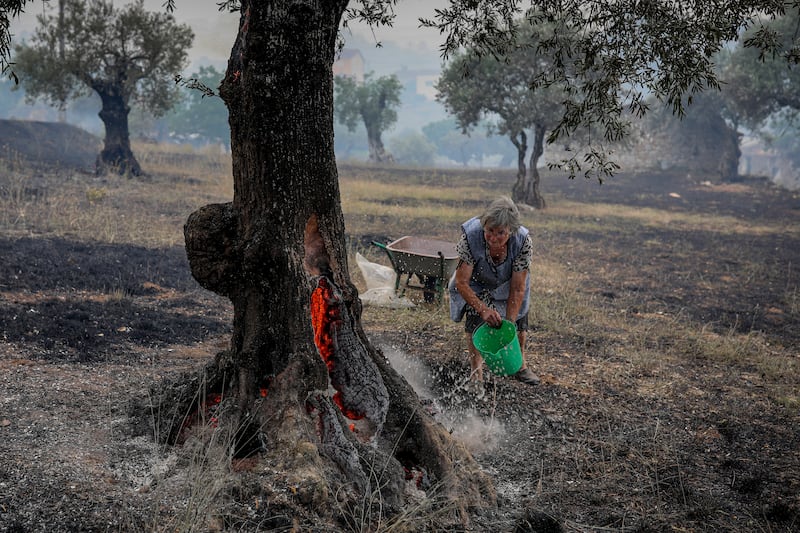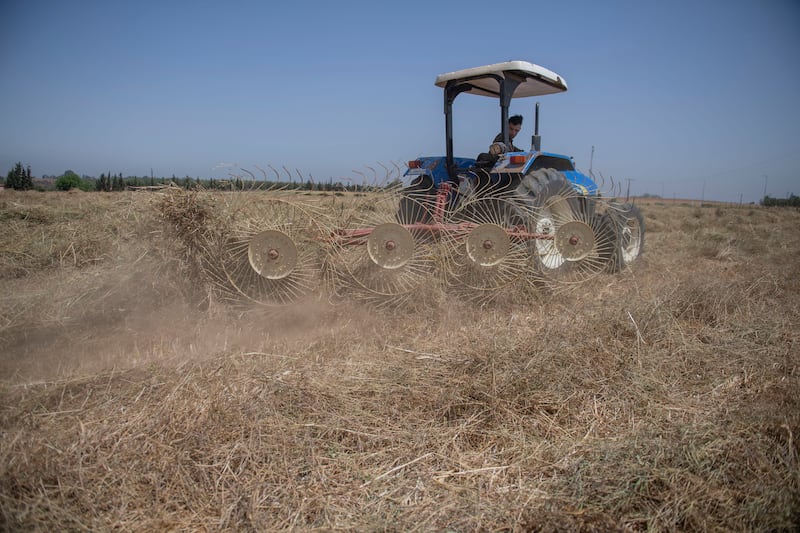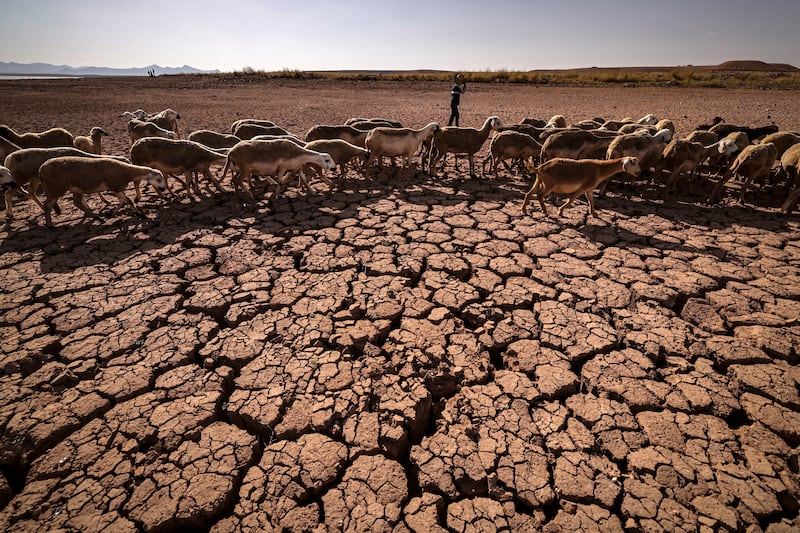The Mediterranean region, known for its warm summers, has recently experienced searing heat much earlier in the year than usual.
Mainland Spain and Portugal recorded their hottest April temperatures as an early heatwave hit the region, while Morocco saw the mercury approach 40°C.
Concerns come a year after wildfires raged across France, Spain and Portugal due to the unprecedented heatwave in the summer.
Forecasters are already showing Spain and other parts of western Europe will continue to face unusually warm temperatures in May, offering little relief from drought risks. Some farmers have decided not to plant seeds this year.
But these blistering hot temperatures are often associated with the height of summer, rather than with spring.
The National takes a look at the cause of the hot weather and considers the long-term impact of climate change on the region.
How high did the temperatures go and why?
Temperature records have been repeatedly broken, with Spain recording its hottest temperature for April, 38.8°C at Cordoba's airport on April 27.
Portugal also experienced its highest temperature for April when 36.9°C was measured in Mora, in the centre of the country.
Temperatures were even higher in Morocco, with 41.3°C recorded in Marrakesh, which compares to an average daily maximum for the city in April of 25.4°C.
Temperatures around 40°C are more likely in July, when the average daily maximum is 37.7°C.
This week, maximum temperatures are set to remain above 30°C, sometimes significantly above. The average daily high temperature in Marrakesh in May is 28.9°C.
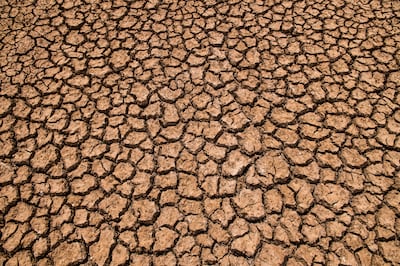
The high temperatures have been caused by a high pressure system pulling air up from Africa into the region, said Prof Erich Fischer of the Swiss Federal Institute of Technology Zurich, who is the co-editor of Weather and Climate Dynamics.
“The air descends, compresses and warms and it pulls air from North Africa,” he said.
Along with the hot air from Africa, southern Spain has been experiencing a drought over the past several months. Prof Fischer said this was consistent with long-term trends.
This drought intensifies the heating, because normally more water would evaporate from soil or be released by plants, a process that uses up some of the heat in the air.
The drier soils are thought to have made the heating more severe by about 2 degrees or even more. If the situation continues, the dry soils could affect temperatures in the summer too.
On top of this, there is a “warmer background climate”, Prof Fischer said, as a consequence of climate change, something that “further amplifies” the heating.
Prof Fischer said that people often thought of climate change as something that would cause temperatures in July and August to peak, but the current weather showed effects that would be more widespread, with spring and autumn also affected.
How is climate change affecting the Mediterranean?
According to the UN Environment Programme, the Mediterranean is warming at a rate 20 per cent faster than the global average.
The air temperatures in the region have already increased by an average of 1.54°C compared to pre-industrial levels, and by 2040 are forecast to have risen a total of 2.2°C. Seawater is about 0.4°C warmer than it used to be.
The UNEP stated that rainfall in the spring and summer will have fallen by 30 per cent by 2080, but outside of summer there will be more heavy rainfall events.
“[The] costal zones face heightened disaster risks, including flooding and erosion, and the salinisation of river deltas and aquifers that sustain food security and livelihoods,” the organisation said.
Wildfires in 2022 strike Europe
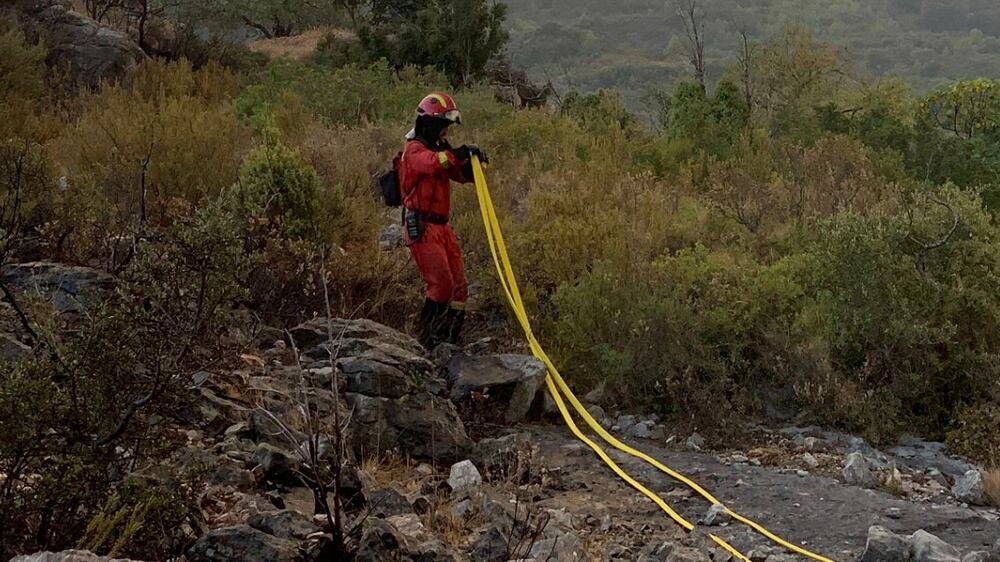
Prof Fischer said that with a warmer climate there would be more droughts and they would probably become more intense, although this did not mean that the conditions seen in recent weeks would be repeated every year. Effects are likely to be widespread, he said.
“The Mediterranean is seen as a hotspot for heat and drought. It’s consistent with the long-term expectations we see in the IPCC [Intergovernmental Panel on Climate Change] reports,” he said.
While rainfall patterns are set to change, demand for water in the region is forecast by the UNEP to double or triple by the middle of the century.
What does it mean for agriculture and ecosystems?
If the climate in the region changes in the long term, there are likely to be “quite substantial” impacts on both natural ecosystems and on agriculture, according to Prof Fischer.
“Some of the plants and crops are particularly vulnerable to high temperatures if they occur early in the growing season,” he said.
The effects on ecosystems of a change in climate in the western Mediterranean, with hotter weather and more severe droughts, could be severe, according to Prof Jos Lelieveld, of the Max Planck Institute for Chemistry in Germany and The Cyprus Institute.
“Most ecosystems can endure a year of drought, but we have extended periods of drought almost every year,” said Prof Lelieveld, who researches climate change in the Mediterranean.
“It’s quite devastating. And for agriculture, if it depends on precipitation, like fruit trees, things like that, [there will be an impact].
“If it becomes dry with extended drought periods, that’s difficult for any type of agriculture, not only for crops, but for animals. Cattle suffer from heat extremes. They’re not adapted to the new conditions.”
One potential consequence, according to Prof Lelieveld, is that ecosystems in the western Mediterranean will become more like those in the east of the region, which tends to have lower levels of biodiversity.
Research has indicated that there has already been significant loss of marine species in the eastern Mediterranean because of climate change.
A 2021 study found that in some sea habitats off Israel, for example, the number of native species had been reduced by up to 95 per cent. In other habitats, including intertidal areas, described as “more tolerant to climate extremes”, around 50 per cent of the original species diversity remained.
“We predict that, as climates warm, this native biodiversity collapse will intensify and expand geographically,” the authors wrote in Proceedings of the Royal Society B.
